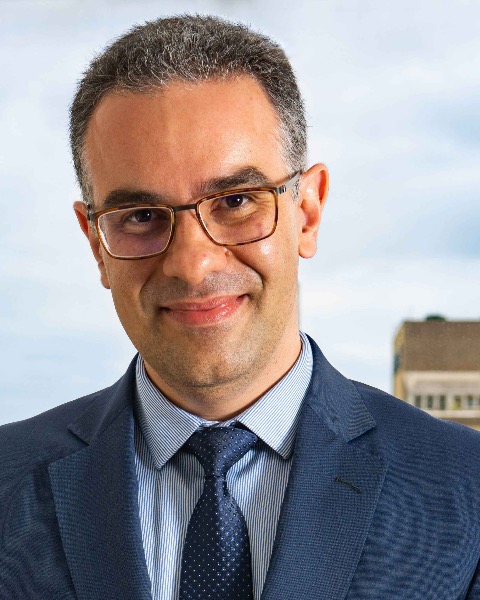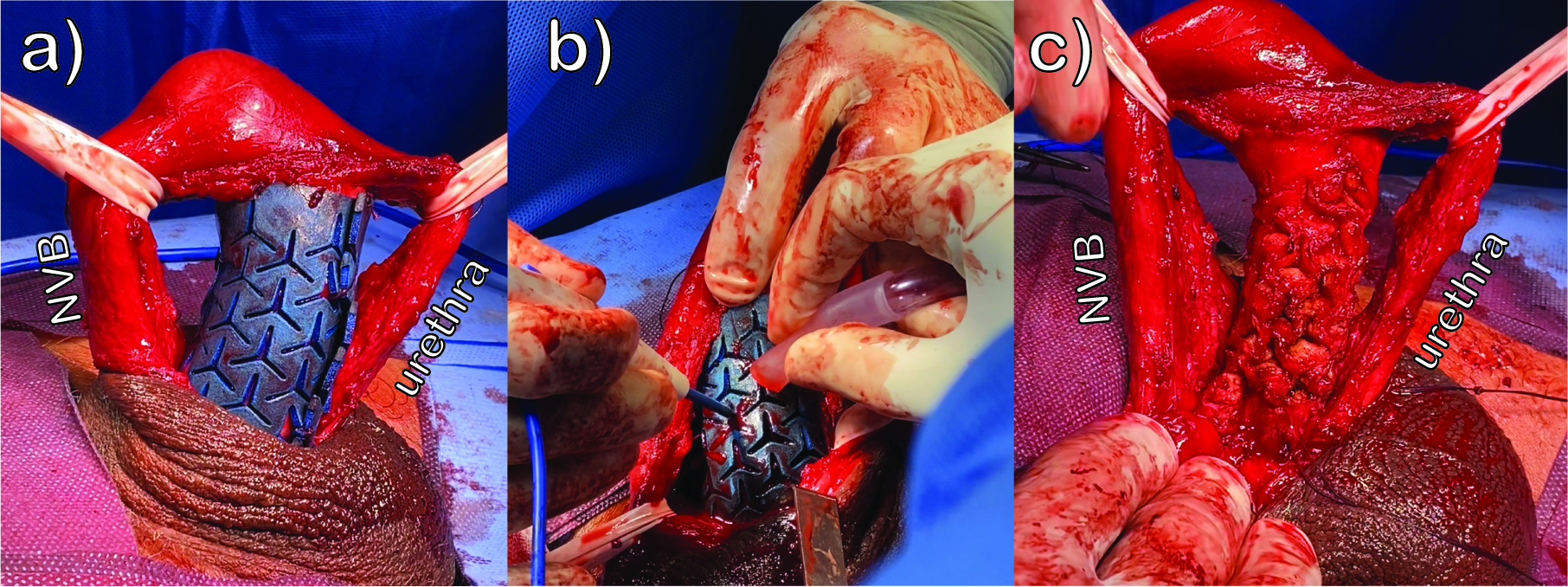Back
Poster, Podium & Video Sessions
Podium
PD23: Sexual Function/Dysfunction: Peyronie's Disease
PD23-09: Auxetic Expansion of the Tunica Albuginea for Penile Length and Girth Restoration Without a Graft: A Case Series
Saturday, May 14, 2022
10:50 AM – 11:00 AM
Location: Room 255
Alexandre Miranda*, Rio de Janeiro, Brazil

Alexandre F. Miranda, MD, PHD, FECSM
Chief Section of Andrology and Reconstructive Urology - Ipanema Federal Hospital
Ipanema Federal Hospital
Podium Presenter(s)
Introduction: Penile length and girth loss may be caused by many conditions like Peyronie's disease, post-radical prostatectomy, erectile dysfunction following ischemic priapism. A new surgical technique has been created to restore penile length and girth loss in patients with severe erectile dysfunction submitted to penile prosthesis implantation (Auxetic technique). The objective of this work is to describe the first use of the new Auxetic technique in seven patients.
Methods: Seven consecutive patients with penile shortening complain affected by Peyronie's disease, or penile fibrosis were enrolled in this study after the approval of the ethical committee of research. They were submitted to penile prosthesis implantation after tunica albuginea incision using a new auxetic guide device to generate the standardized star-shape incision on the corpora cavernosa [Figure1 - Auxetic technique in the fibrotic corpora cavernosa. a) Auxetic guide device (blue) fixed over the corpora cavernosa; b) Tunica albuginea incision guided by the auxetic device; c) Final result after removing the auxetic guide device]. The incisions create a rotating triangles system, which generates the tunica albuginea expansion in two dimensions, resulting in tissue increasement.
Results: The average increase in length obtained was 1,4 cm. All the patients with extensive fibrosis expanded the girth significantly to allow the corpora cavernosa dilation to 13mm in diameter. After the auxetic incisions, all the penile curvature presented in Peyronie's disease cases were corrected. No major intraoperative complications occurred. Postoperatively one patient had paraphimosis demanding surgical correction. No other complications were noted after a mean follow-up period of 10,1 months. All patients except one were very satisfied with the result and would undergo surgery again.
Conclusions: The auxetic technique was successfully used to correct any penile curvature without a graft and create sufficient space to insert a penile prosthesis implant in cases of extensive fibrosis. Further research is needed to confirm the efficacy of this procedure.
Source of Funding: None

Methods: Seven consecutive patients with penile shortening complain affected by Peyronie's disease, or penile fibrosis were enrolled in this study after the approval of the ethical committee of research. They were submitted to penile prosthesis implantation after tunica albuginea incision using a new auxetic guide device to generate the standardized star-shape incision on the corpora cavernosa [Figure1 - Auxetic technique in the fibrotic corpora cavernosa. a) Auxetic guide device (blue) fixed over the corpora cavernosa; b) Tunica albuginea incision guided by the auxetic device; c) Final result after removing the auxetic guide device]. The incisions create a rotating triangles system, which generates the tunica albuginea expansion in two dimensions, resulting in tissue increasement.
Results: The average increase in length obtained was 1,4 cm. All the patients with extensive fibrosis expanded the girth significantly to allow the corpora cavernosa dilation to 13mm in diameter. After the auxetic incisions, all the penile curvature presented in Peyronie's disease cases were corrected. No major intraoperative complications occurred. Postoperatively one patient had paraphimosis demanding surgical correction. No other complications were noted after a mean follow-up period of 10,1 months. All patients except one were very satisfied with the result and would undergo surgery again.
Conclusions: The auxetic technique was successfully used to correct any penile curvature without a graft and create sufficient space to insert a penile prosthesis implant in cases of extensive fibrosis. Further research is needed to confirm the efficacy of this procedure.
Source of Funding: None


.jpg)
.jpg)